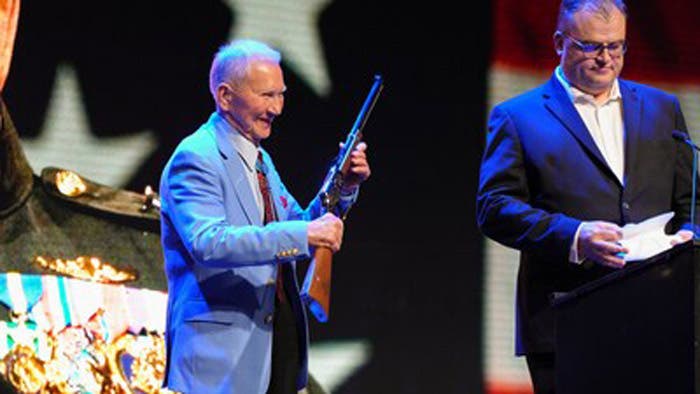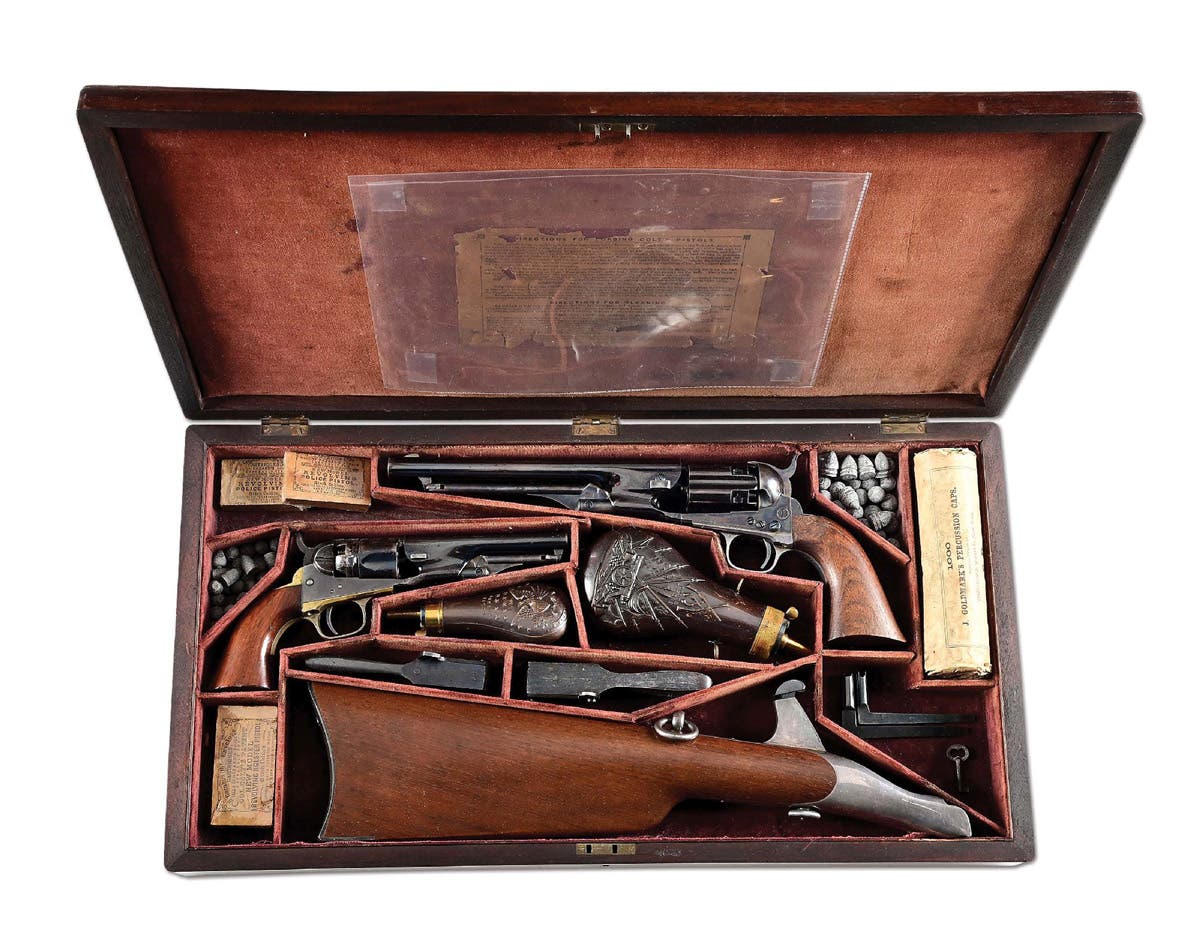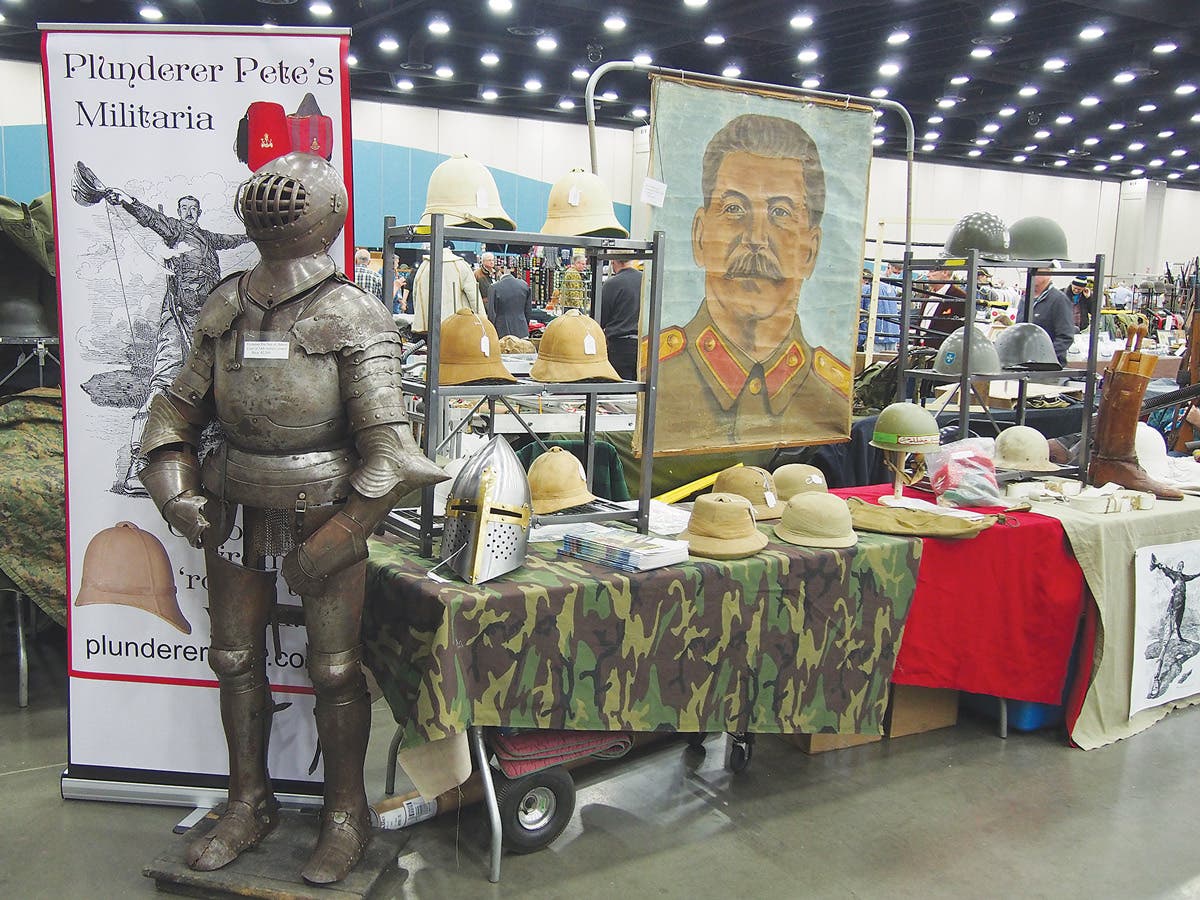Gettysburg Battlefield visitation down 10 percent
Why are fewer people visiting the Gettysburg Battlefield? An article from a Gettysburg newspaper looks at the possible reasons behind the 10 percent decline.
Visitation to the Gettysburg Battlefield declined by 10 percent in 2008, according to a recent article in The Gettsyburg Times. Staff Writer Scot Andrew Pitzer noted in the April 2, 2009 article that the decline came at the same time that overall tourism to the Gettysburg area was up.
“We’re experiencing most of the phenomena that many people are experiencing,” Gettysburg National Military Park Supt. John Latschar told The Times. “Our park visitation is down, almost 10 percent. But at the same time, visitation at the visitor center is up. People seem to be spending less once they reach their destination.”
According to figures provided by GNMP spokeswoman Katie Lawhon, 1.5 million people visited the 6,000-acre park in 2008, down from a 1.7 million figure in 2007.
“We know that in national parks, there are trends, and that in many historic parks across the country, visitation has been declining,” says Lawhon.
The 1.5 million figure is somewhat misleading, because visitation at the park’s visitor facilities are tracked differently.
After 15 years of planning, the park’s new $103 million Battlefield Visitor Center opened in April 2008 along the Baltimore Pike. The visitor center itself drew a little over one million people from April to December, and that number was not calculated into the 1.5 million visitation figure. The Gettysburg Foundation tracks the numbers by utilizing doorway counters.
“While our statistics show that fewer visitors were coming to the park in 2008, our evidence shows that more visitors were coming to Gettysburg, and our evidence shows that they were staying longer, which is good for everyone and the economy,” says Lawhon.
A previous economic impact analysis on the park’s new visitor center predicted an increase in visitors, and in the length of their stay. The new visitor center was expected to generate a 21.5 percent annual increase in Gettysburg area visitor spending, amounting to more than $24 million each year in additional spending.
“We do know that visitors were staying longer in the new museum and visitor center than they were in the old facility,” says Lawhon. “That’s what the study said would happen.”
According to the Gettysburg Convention and Visitors Bureau, the local lodging tax revenue jumped 12 percent last year, compared to 2007. Also, there was an 8.5 percent increase in the hotel occupancy rate.
“In 2007, it was reported that an estimated 2.9 million (people) visited the Gettysburg area, and in 2008, that number increased slightly to more than three million,” says GCVB spokesman Carl Whitehill, adding that those numbers were produced by the California University of Pennsylvania.
While those numbers are nice, battlefield visitation has declined since it reached a peak of 1,907,433 in 2002.
“It’s really hard to pinpoint the reasons, because the National Park Service only does visitor use surveys in parks maybe every 10 to 20 years,” says Lawhon, adding that the last “visitor use” survey in Gettysburg was conducted in 1994.
“It’s sort of like a customer survey, which studies how long you come here and the time of your stay,” says Lawhon. “We might try to get one soon, to learn about that trend. We’re not in the retail sector, but we are interested in our visitation, so it takes us a while to do those studies to figure out what’s happening.”
Park visitation reached a crescendo in the 1990s when interest in the battlefield was peaking, mainly because of “Gettysburg” the movie, and the Ken Burns Civil War documentary series.
“Our visitation climbed to about 1.9 million,” says Lawhon. “Now it seems to be trending back down to what’s probably the average level.”
Visitation at the park is tracked by two vehicle counters, placed at two popular tourist areas on the battlefield: Hancock Avenue near the Pennsylvania Monument, and West Confederate Avenue.
“Those are good places,” says Lawhon. “A lot of people want to see the Confederate battle line, and then a lot of people want to see the Angle.”
The Eisenhower National Historic Site in Gettysburg actually saw an increase in visitation last year, at a total of 70,575 people.
Previously, in 2007, the number was 69,747.
According to GNMP, here are battlefield visitation numbers since 2000: 2008 – 1,530,351; 2007 – 1,722,148; 2006 – 1,740,765; 2005 – 1,780,001; 2004 – 1,798,820; 2003 – 1,844,088; 2002 – 1,907,433; 2001 – 1,866,780; and 2000 – 1,616,584.





